Precipitation, what is it?
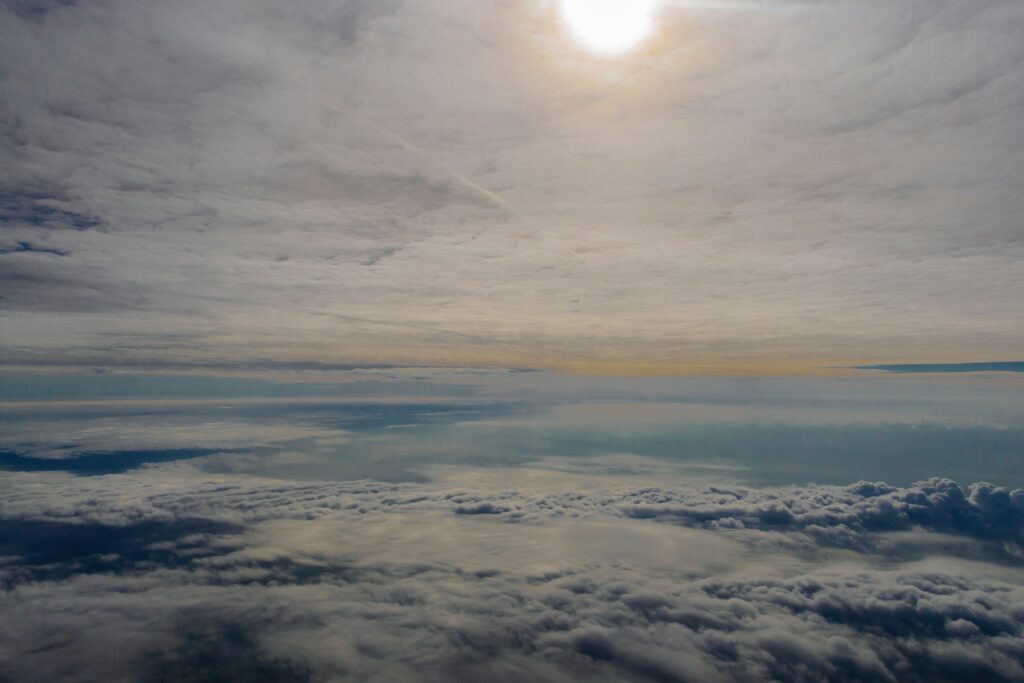
A precipitation is liquid or solid water formed in the atmosphere that returns to the earth’s surface in the form of rain, sleet, snow, etc. It plays a very important role in the water cycle, as does evaporation and condensation, when water from the oceans, seas, rivers, etc., evaporates into the atmosphere, condenses in the form of water vapor clouds and falls due to excessive accumulation. This fall is known as precipitation and it occurs naturally on Earth over and over again.
Cloud droplets form on aerosols called condensation nuclei or hygroscopic nuclei. Condensation nuclei are small particles in the atmosphere that favor the formation of cloud droplets, some of these particles are dust and smoke present in the atmosphere, but they are essential to cause precipitation, since when they come together they become sufficiently big and heavy to fall to the ground.
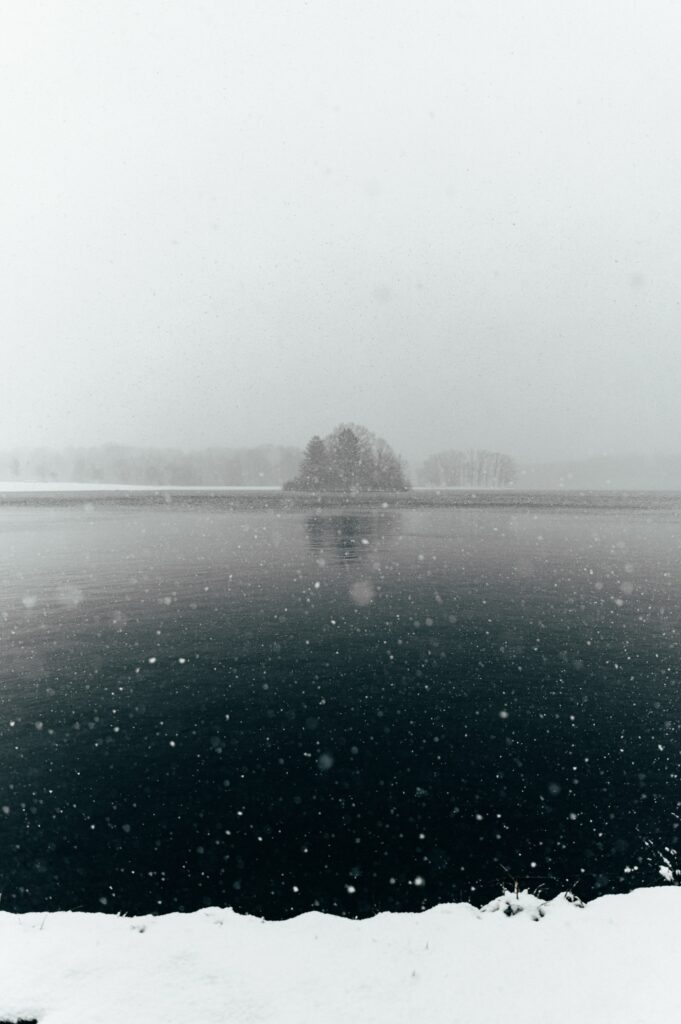
There are different types of precipitation.
- Hail. It occurs only in cumulonimbus clouds where there are updrafts of moist air with significant supplies of very cold water, which reaches that point by reaching fairly high areas of the atmosphere.
- Ice granules or soft hail. It is a type of hail but much smaller and finer, since the circumferences have a thin layer of ice that is more fragile than in hail.
- Snow. They are beautiful ice crystals that when they collide and stick together, they form snowflakes, but they usually melt before reaching the ground in environments above 4°C.
- Sleet. It is a mix between snow and water, which makes its consistency lighter, moister and smoother. This is because the surrounding air is not cold enough to freeze, nor warm enough to be rain.
- Snow granules or cinarra. They are very small snow grains, which form at high levels of humidity in the environment in combination with the dew point temperature below its freezing point.
- Cellisca. Sleet is similar to cinarra in that both require high levels of humidity and below freezing air temperatures, but sleet grains are larger, translucent, and not opaque.
- Ice prisms. It is characterized by the low weight of its very small ice crystals, which makes them seem suspended in the air. Diamond dust comes from a very low cloud like fog, but it differs from fog in that it does not usually affect visibility.
- Ice pellets. They are small, circular, translucent structures, smaller than hail and like soft hail, but are distinguished by molding when sleet refreezes.
- Rain. It is the form of precipitation that we all know.
- Freezing or freezing rain. Liquid water drops that freeze after impact on the Earth’s surfaces, because they overcool when passing through a layer of subfreezing air hundreds of meters above the ground.
Let’s do the following practice to see first-hand this phenomenon of nature!
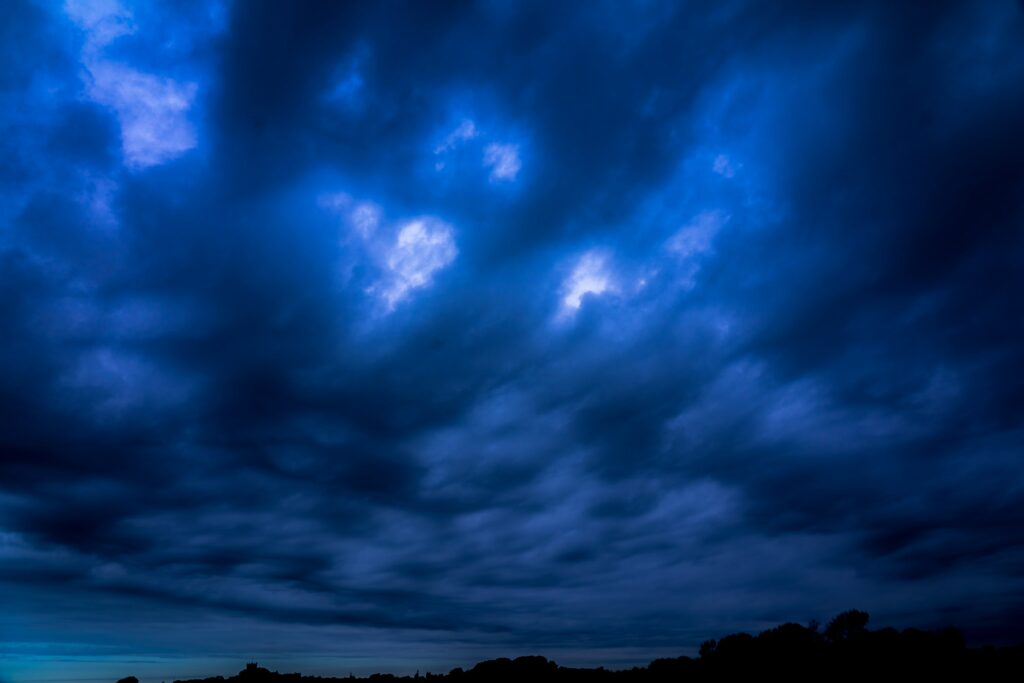
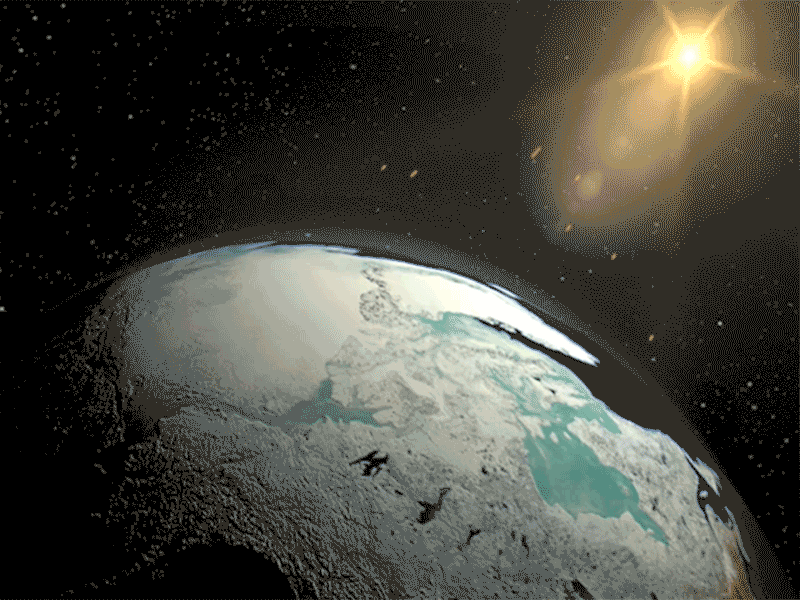
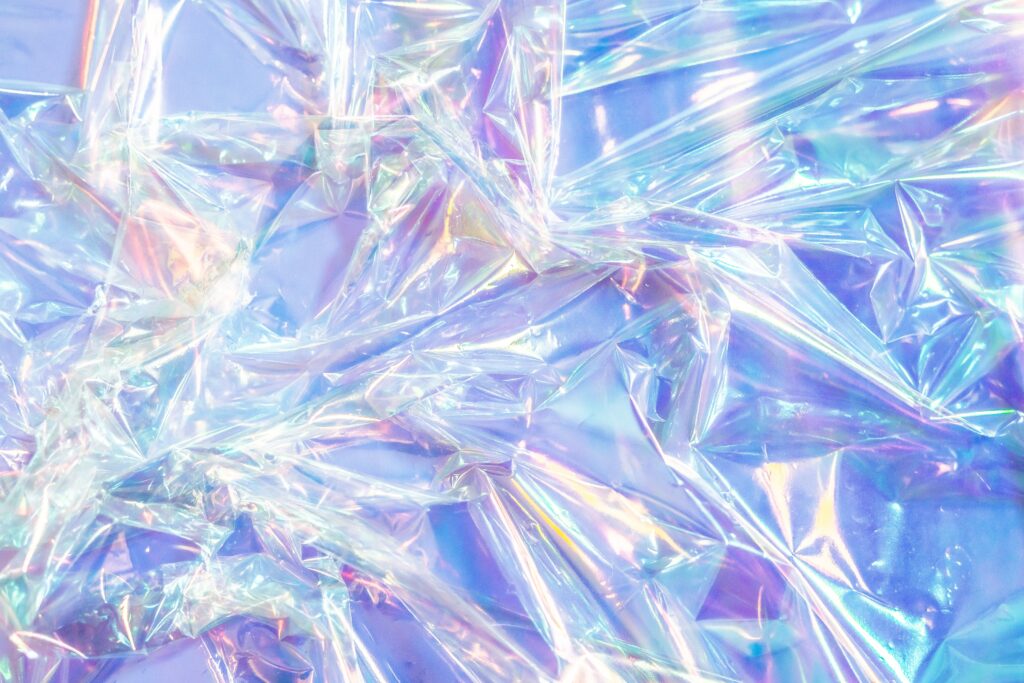
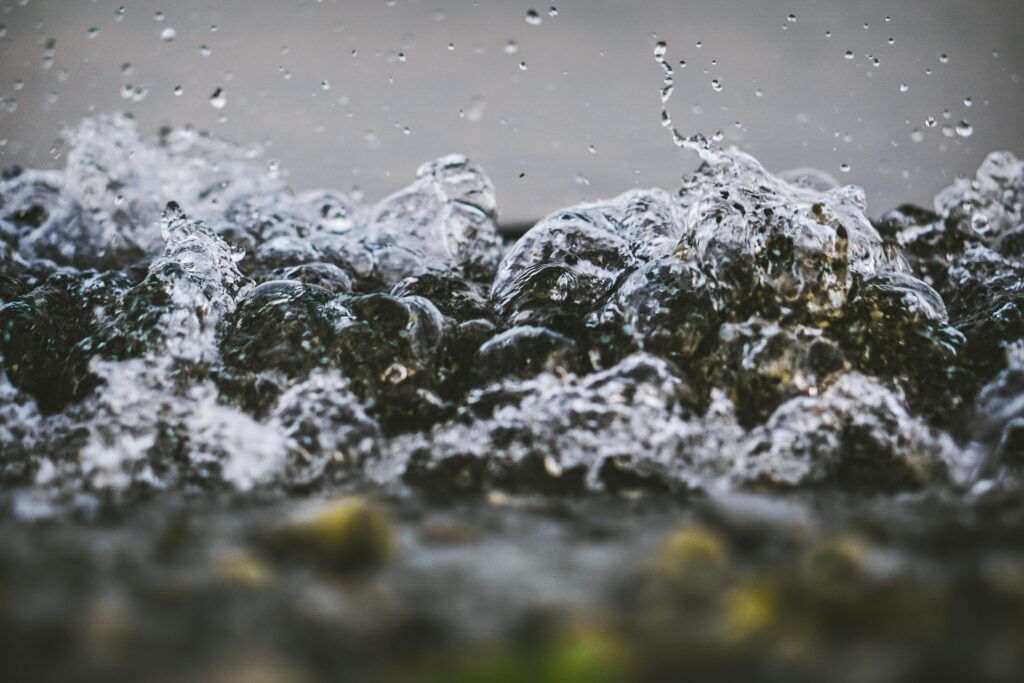
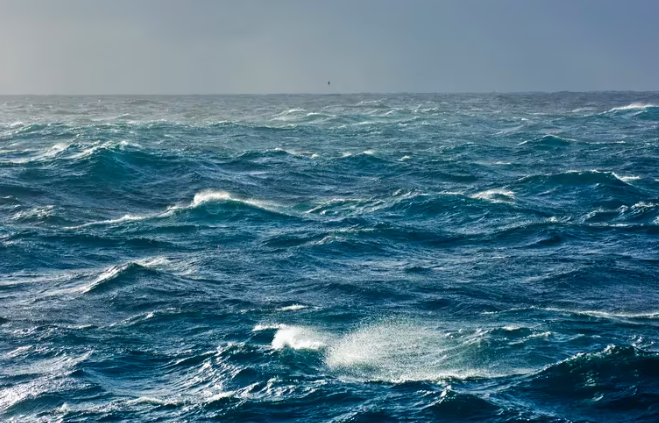
Responses